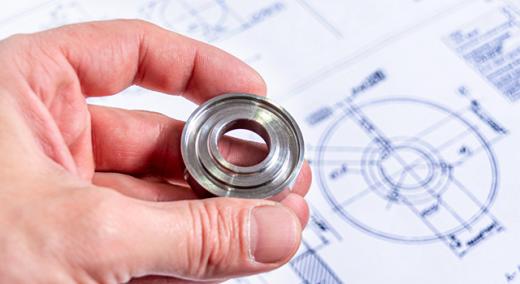It’s been decades since air gauging came into existence, and many changes and refinements have been made over the years. It has proved itself as a reliable and accurate method of gauging parts, particularly in cases of close tolerances and fine finishes. Its high accuracy, simplicity, and relatively low cost have made it the ideal solution for reliable high-volume, noncontact measurement right on the shop floor.
|
ADVERTISEMENT |
But every technology has its do’s and don’ts. If used correctly, air gauging is a boon—but if used improperly, it could spell disaster.
To get the most out of air gauging, consider the following do’s and don’ts:
The compressed air must be free from dust and other contaminants. The combination of dust, oil, and water is guaranteed to affect measurement accuracy or damage your equipment... or both.
The air pressure must be adequately high and constant, at least 1 to 1.5 bars (15 to 30 psi) higher than the regulated system pressure.
A good filter and a precise regulator are necessary to keep the compressed air clean and constant. Clean regulated air will result in faultless performance and provide longer life to your air-gauging system.
…

Add new comment